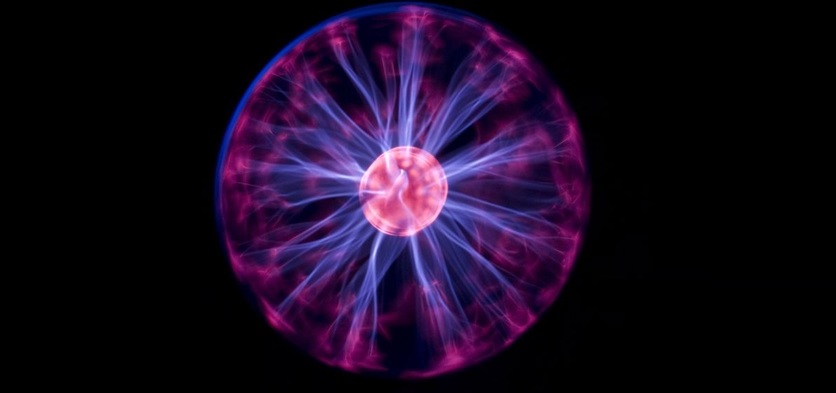Sailing through the smooth waters of vacuum, a photon of light moves at around 300 thousand kilometers (186 thousand miles) a second. This sets a firm limit on how quickly a whisper of information can travel anywhere in the Universe.
While it is unlikely that this law will ever be broken, there are features of light that do not follow the same rules. Manipulating them won’t accelerate our ability to travel to the stars, but it could help us pave the way to a whole new class of laser technology.
Physicists have been playing hard and fast with the speed limit of light pulses for a while, speeding them up and even slowing them to a virtual stand-still using various materials like cold atomic gases, refractive crystals, and optical fibers.
This time, researchers from Lawrence Livermore National Laboratory in California and the University of Rochester in New York have managed it inside hot swarms of charged particles, fine-tuning the speed of light waves within plasma to anywhere from around one-tenth of light’s usual vacuum speed to more than 30 % faster.
A photon’s speed is locked in place by the weave of electrical and magnetic fields referred to as electromagnetism. There’s no getting around that, but pulses of photons within narrow frequencies also jostle in ways that create regular waves.
The rhythmic rise and fall of whole groups of light waves moves through objects, at a rate described as mass velocity, and it is this “wave of waves” that can be modified to slow or accelerate, depending on the electromagnetic conditions of their surroundings.
By stripping electrons from the stream of hydrogen and helium ions using a laser, the researchers were able to change the speed of the group of light pulses sent through them through a second light source, and set the brakes or simplify them by adjusting the gas ratio and forcing the features of the pulse to change its shape.
The overall effect was due to the refraction from the plasma fields and the polarized light from the primary laser used to strip them. The individual light waves are still near their usual pace, even as their collective dance accelerates.
Hypothetically, the experiment helps clarify plasma physics and puts new limitations on the accuracy of current models.
It is no coincidence that Lawrence Livermore National Laboratory is keen to understand the optical nature of plasma, being home to some of the most impressive laser technologies in the world. And a more powerful laser is what is needed for a whole host of applications, from particle accelerator condensation to improved clean fusion technology.
This may not help us move through space any faster, but it is these discoveries that will speed us toward the future we all dream of.
Source:
- Physical Review Letters :https://journals.aps.org/prl/abstract/10.1103/PhysRevLett.126.205001
- https://physics.aps.org/articles/v14/s60

